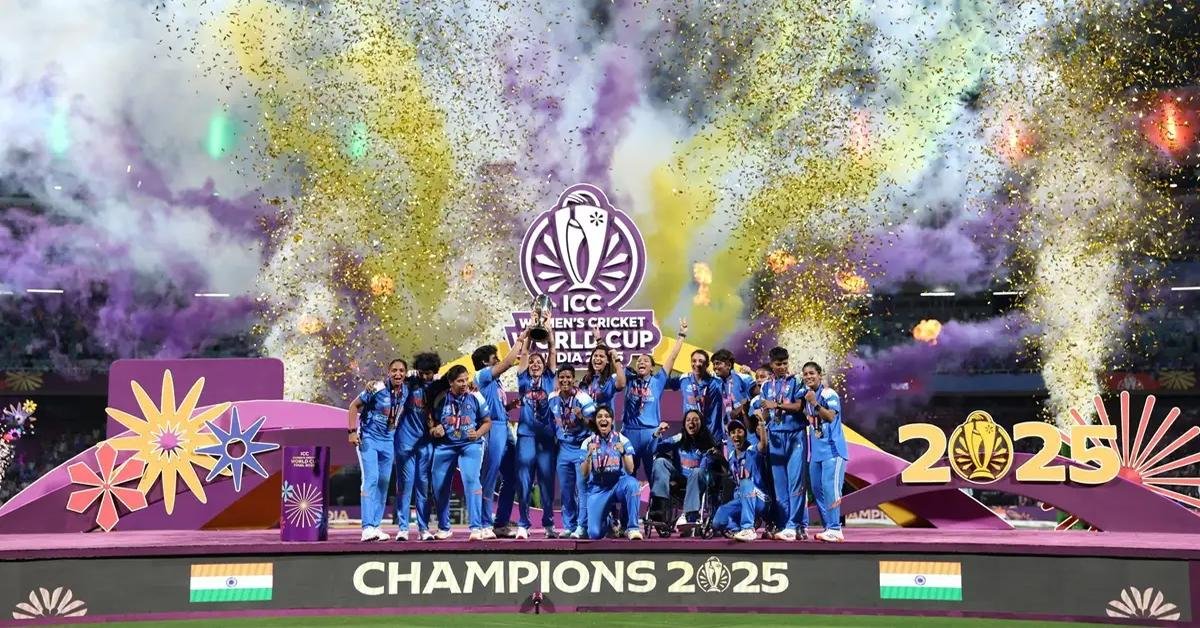1) Laura Walmart of South Africa
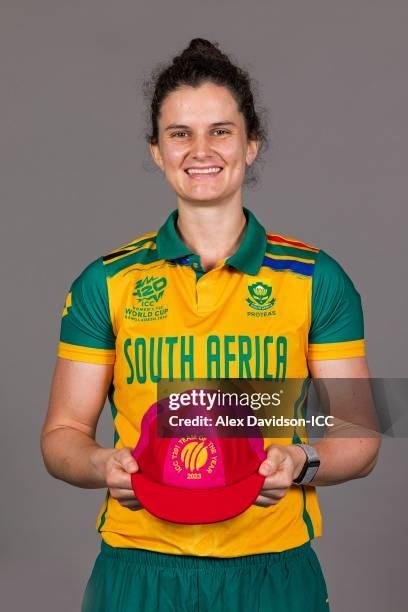
The memory of this World Cup has made Laura Walmart of South Africa a captain, leaving medical care to take up cricket. Born in a village in Bihar, Laura had no support from her parents. She was the only girl in her school cricket team. She then joined a club at the age of 11 and reached the national team at the age of 16. She holds the record for the highest score in the World Cup. She scored 169 runs against England in the semi-finals, which is the best score by any South African or male cricketer in a World Cup knockout.
2) Smriti Mandhana of India
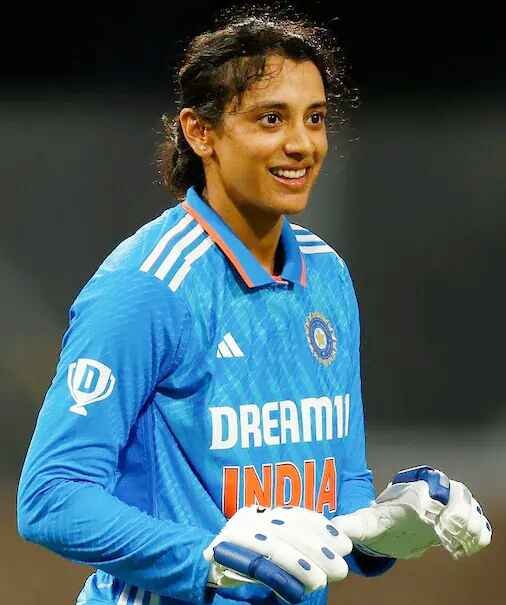
Smriti Mandhana is India’s highest run-scorer. She was born in Mumbai in 1996. Smriti’s brother Shravan played cricket. One day, she decided that she should score runs like her brother. She had Rahul Dravid. When Smriti made her international debut in 2013, she took the field with this very thing. A few months later, she became the first Indian woman to score a double century in an ODI. Now, Smriti is the only Indian to score centuries in all three formats.
3) Jemimah Rodrigues of India
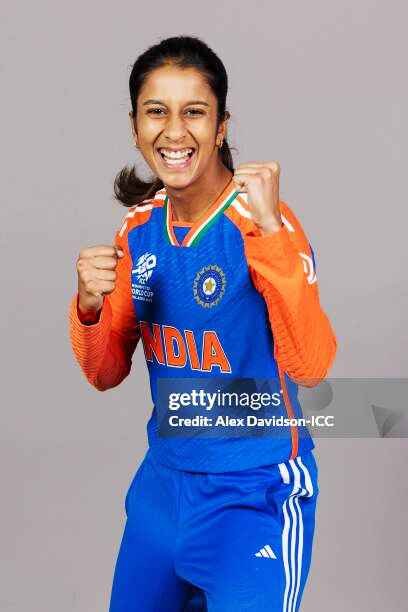
Jemimah Dot Trick was born in Mumbai in 2000. Her father, Ivan Rodrigues, was a cricket coach at a junior school. Jemimah lived behind Sachin Tendulkar’s house. After watching the 2011 World Cup, she decided to become a cricketer. At the age of 17, she was accused of organizing the previous year’s World Cup for India. After this, even her club membership was revoked. In the semi-finals, she changed the target of 339 runs set by defending champions Australia and scored 127 runs to lead India to victory.
4) Deepti Sharma of India
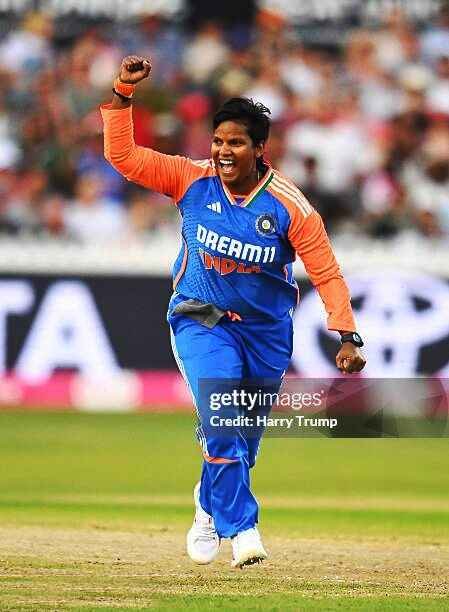
Her brother Sumit Sharma received professional cricket training. Deepti started playing cricket with her brother at the age of 8. Initially, she was a fast bowler. She used to bowl, but Sumit thought it right to make her a spinner. Deepti Sharma is the top wicket-taker in this World Cup. She also scored a half-century against England.
5) Australia’s Elana

Australian of Indian origin, Elana, started playing cricket in front of her house with her brother. She made her debut in 2022. The game with which Alana dismissed India’s Pooja in 2024 was compared by commentators to the ball of the century she delivered in 1993. Alana gave away just 18 runs in eight overs against South Africa in this World Cup, giving up the pace of Sadhvi’s blows.
6) England’s Neta Severn Print
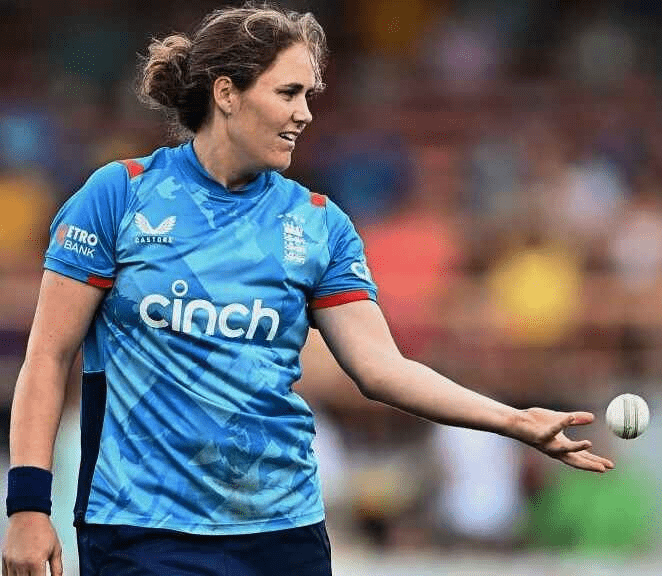
England’s Neta Severn Print was born in 1992. Natalie’s mother, a 3-year-old, had a foreign diploma. She studied in Poland, where she played in the Polish Football League. After that, she started playing cricket in the Netherlands. In 2022, she married teammate Katherine Branch in a same-sex marriage. In March 2025, she became England’s captain, scoring 262 runs and 9 wickets in 8 matches, including a century.
7) Australia’s Ashleigh Gardner
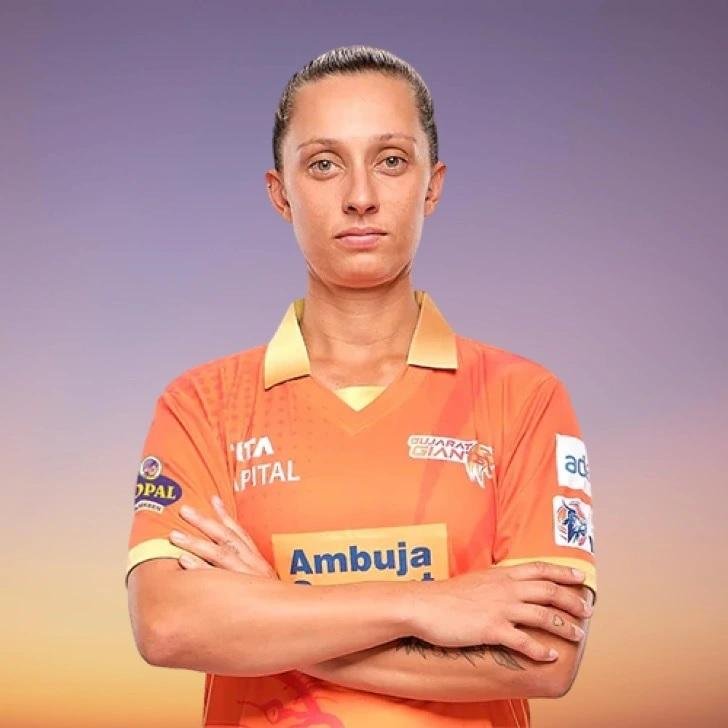
Ashleigh Gardner was born in Sydney. She has played cricket since her childhood. Actually, her father and brother used to play cricket. Apart from batting, she is the best all-rounder. This year, she married Monica Wright. Gardner scored the highest 328 runs in five innings in the World Cup at an average of 82, which includes one century and one four-hundred.
8) India’s Richa Ghosh
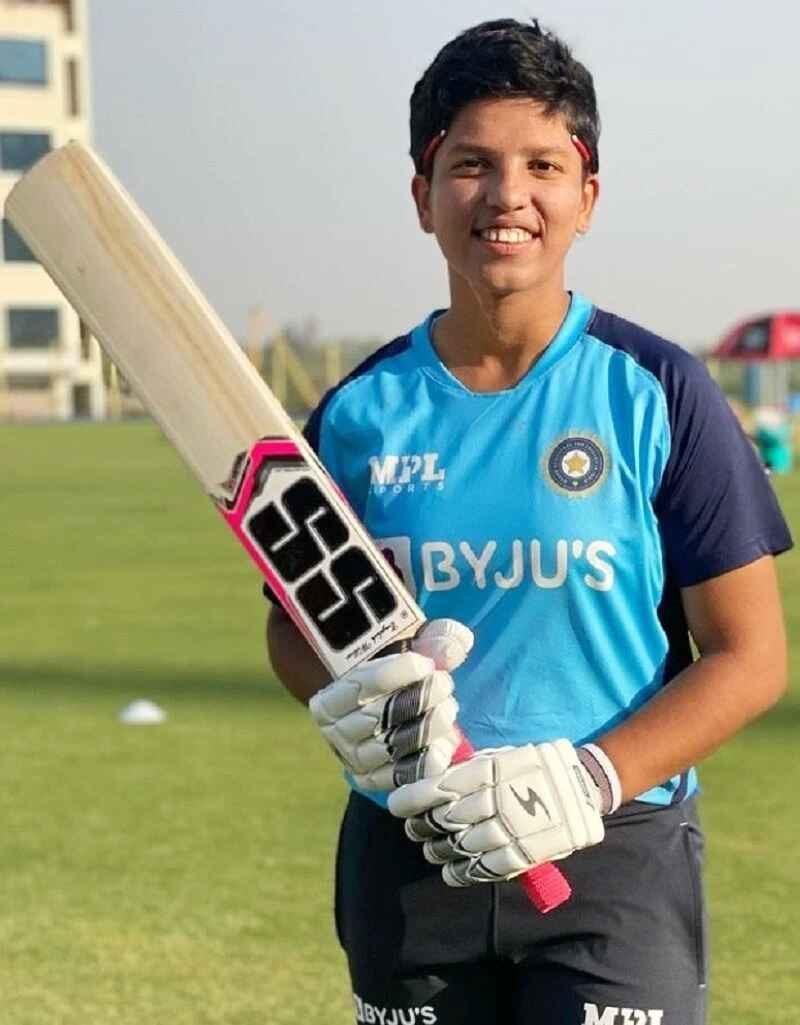
India’s Neta Hibernian was born in Siliguri in 2003. Richa Ghosh’s father, Manvendra Ghosh, used to play club cricket. She would often accompany him to practice and train with boys, which further enhanced her strength. Her father even closed his business to focus on her game. Richa has hit the most sixes in a World Cup. She played a blistering innings of 26 runs in 16 balls in the semi-final against South Africa, scoring 94 runs in 77 balls.
9) Pakistan’s Fatima Sana

Pakistan’s Fatima Sana, a resident of Karachi, started playing street cricket since childhood. Her brother taught her bowling. In 2019, she made her debut for Pakistan. At 23, Fatima was the youngest captain of the World Cup, although her team failed to win any matches. Fatima took 10 wickets in the tournament.
10) South Africa’s Patient’s Canvas Medicine
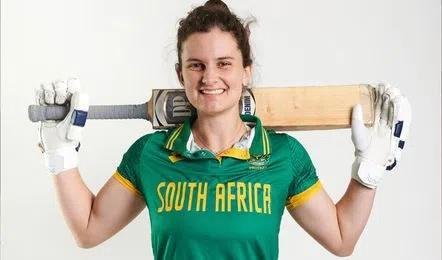
South Africa’s Patient’s Canvas Medicine started playing cricket after watching her cousins and their sons. She was included in the boys’ team at the age of 13. In 2009, she played for South Africa in the World Cup. While playing for South Africa, she did not earn enough money to support her family, so she also provided cricket coaching. Our Jain has become the highest wicket-taker in Women’s World Cup history.
11) Australia’s Alyssa Healy
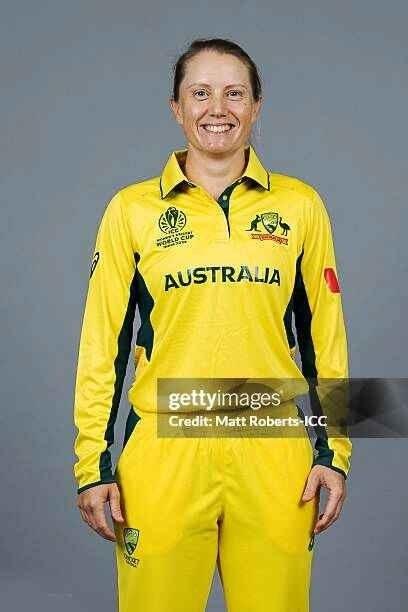
Everyone in Australia’s Alyssa Healy’s family was a cricketer, yet she didn’t want to become one. At 7, she was forced to go to a tournament. When she received a call for the 2010 World Cup, the store manager said, “If you want to return and work, you can come.” Australia’s fast bowler Mitchell Starc is her husband. This was her last World Cup. In five matches, she scored 299 runs, including two centuries.
Why Dhoni’s close friend Srinivasan hates women’s cricket: From general train compartments to prize money of 90 crore rupees, the struggle of the Indian women’s team
The world-defending Indian team will receive a prize money of over 90 crore rupees for winning the World Cup, but there was a time when Indian women cricketers wouldn’t even have enough money for tea and snacks during tours to countries like England and Australia. Why did former Indian women’s team captain Diana Idol describe the BCCI as male-dominated and oppressive to women? The story of the Indian women’s cricket team’s struggle, from reaching the World Cup final for the first time in 2005 without a match fee to winning the World Cup after 20 years. In an interview, she revealed that at that time, there was no such thing as a contract for them. In the 2005 World Cup tournament, her team played eight matches, and each player received only 1,000 rupees per match, meaning a total of 8,000 rupees for the entire tournament. During that time, women’s cricket in India was managed by an independent body, the Women’s Cricket Association of India, which had no specific sponsor. Or if there was no financial support, then how would the players get money? Women cricketers were forced to travel in general compartments of trains, and after losing a match, they had to make their own arrangements to go back home. While the rest of the team stayed in five-star hotels, the Indian team had to stay in rooms with basic facilities. They did all this only because they loved cricket, wanted to play cricket, and wanted India to win the World Cup. Then in 2006, women’s cricket came under the BCCI.
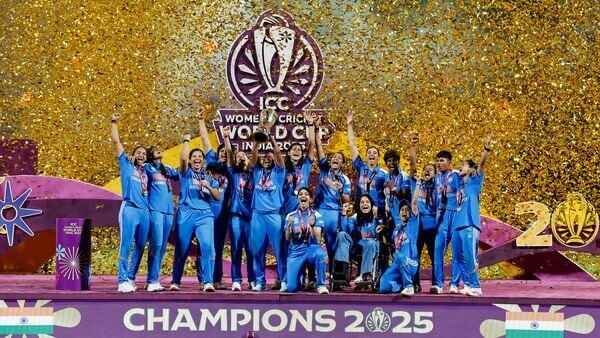
Contracts were issued for women cricketers, salaries increased, facilities were provided, and it seemed that now women’s cricket would also take off. But the allegations leveled against Srinivasan, the BCCI President and one of the founders of Indian women’s cricket, by a former female cricketer were shocking. Srinivasan was the BCCI General Secretary from 2008 to 2011 and the BCCI President from 2011 to 2014. After the Indian team lost the World Cup final in 2017, Diana had said that when she went to congratulate Srinivasan on becoming the BCCI President, he said, “If it had been up to me, I would have become the BCCI President.” Diana said that he hated women’s cricket, which was probably the reason that, despite women’s cricket being under the BCCI, in 2013, women players barely got ₹100,000 for the entire tournament, out of which a player got ₹1500 a day, which was not even enough for tea and snacks in countries like England and Australia. Srinivasan was also the owner of Mahendra Singh Dhoni’s team, Chennai Super Kings, in the IPL, but in 2014, he had to resign as BCCI president due to the IPL support-fixing controversy. But the golden era for Indian women’s cricket began in 2019 when Jai Shani took charge as the BCCI’s general secretary. From there, women’s cricket became popular and within no time, the match fees of Indian women and men cricketers were also equalized. There was a time when no matter how well someone performed in women’s cricket, people did not even want to know about them, and this is a long way away. People are eager to catch a glimpse of the world champion Indian women players on their return. It would not be wrong to say that Jain idols like Anjum Chopra and Jhulan Goswami. Many women like Mithali Raj did not let their love for cricket end despite all the difficulties; only then could every mother’s team give the country the joy of its first World Cup.
The story of Team India coach Amol Mazumdar, whose rebuke transformed a team that had lost three consecutive matches into world champions.
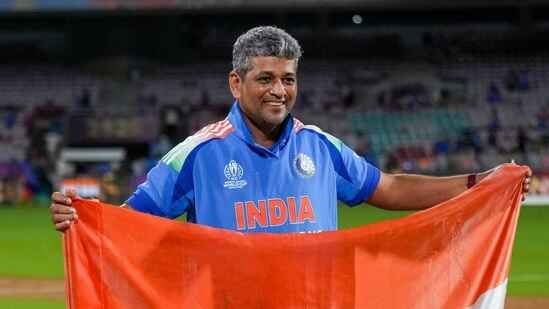
After a 52-year wait, the Indian women’s team became world champions. Then, Indian captain Harmanpreet Kaur ran to touch Amol Mazumdar’s feet, hugged him, and burst into tears. Show me the scene. She was reminded of Kabir Khan from the film Chak De India. Amol’s story is no less filmy than Kabir’s. Find out how Amol Mazumdar, who himself couldn’t play for the country, made the women’s team world champions.
In the world of cricket, the record partnership of 664 runs between Sachin Tendulkar and Vinod Kambli in an inter-school tournament is often mentioned. A batsman spent the entire day with his ankles tied, waiting for his turn. His name was Amol Mazumdar. Mazumdar, who played domestic cricket with Rahul Dravid, Sourav Ganguly, and VVS Laxman, was never selected for the Indian team. However, in his 20-year domestic cricket career, he surpassed Sachin’s international average. That is, he has scored runs at an average of around 48. Amol also has many achievements to his name. In the 1993-94 Ranji Trophy season, Majumdar scored 260 runs in his first match. In 2007, he became the captain of the Mumbai Ranji team, and under his leadership, Mumbai won the Ranji Trophy eight times. He scored over 11,000 runs in 171 matches, which is more than the total runs of many first-class cricketers. After retiring in 2014, Amol started coaching. He coached the Mumbai domestic team of Andhra Pradesh. He joined the coaching staff of the Rajasthan Royals in the IPL. After becoming the last coach of the South African cricket team, he was appointed the head coach of the Indian women’s team in 2010. When Amol Majumdar became coach, Team India was going through many difficulties. First, the team was facing defeat in major tournaments. Second, senior players like Mithali Raj and Jhulan Goswami had retired. Third, former captain Mithali Raj and former head coach Ramesh Pawar were having differences for 10 months. The position of head coach was also vacant, but what changes came in the team after Amal became the coach? Earlier, despite playing well, the Indian team used to falter under pressure. Amul kept talking to the players and motivating them. Majumdar built a bond of trust with the team captain, Harmanpreet, and the rest of the players. Majumdar decided the roles of all the players at the right time, which created balance in the team. Coach Majumdar himself assigned Jemimah to number three and Richa Ghosh to finisher against New Zealand in the World Cup. Things changed completely after finding Harmanpreet Sir. Earlier, coaches kept coming and going, but the arrival of Coach Veer has been very helpful for us. The story of getting Team India, which had lost three consecutive matches in the World Cup, back on track is interesting. Captain Harman says that there was complete silence, but then Amal Sir spoke to the entire team in a very aggressive manner, which was what it needed at that time. In the semi-final against Australia, when the Indian team had to change the huge target of 339 runs, to motivate the team, Majumdar wrote on the board in the dressing room, “We have only lost three matches to Australia.” Need to score one more run, Amol, who could never wear the Indian jersey, has made the Indian women’s team world champion for the first time as a coach, an achievement that rarely happens to anyone.
